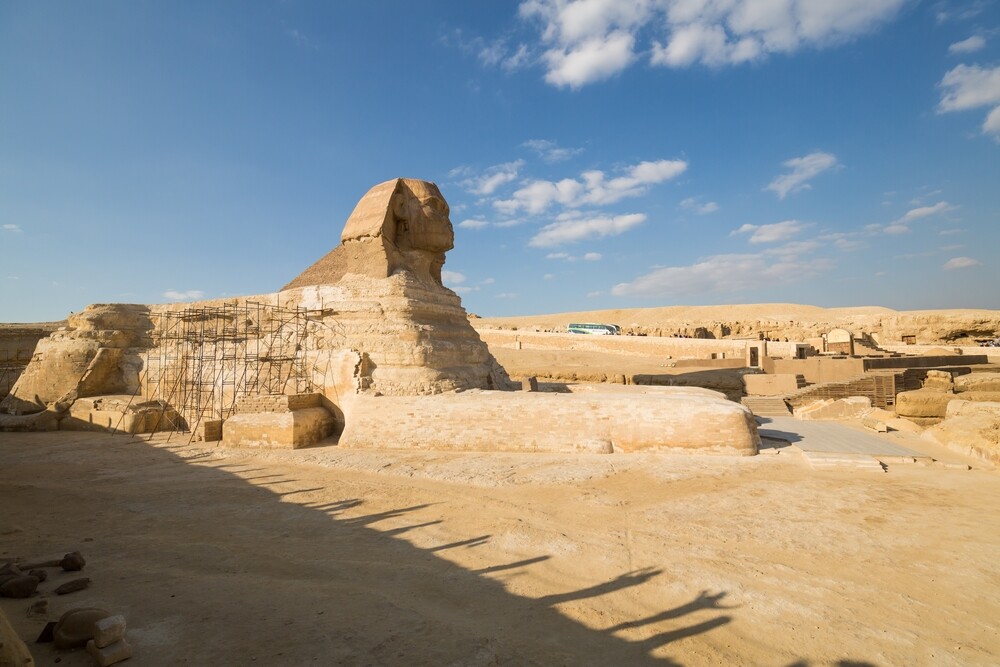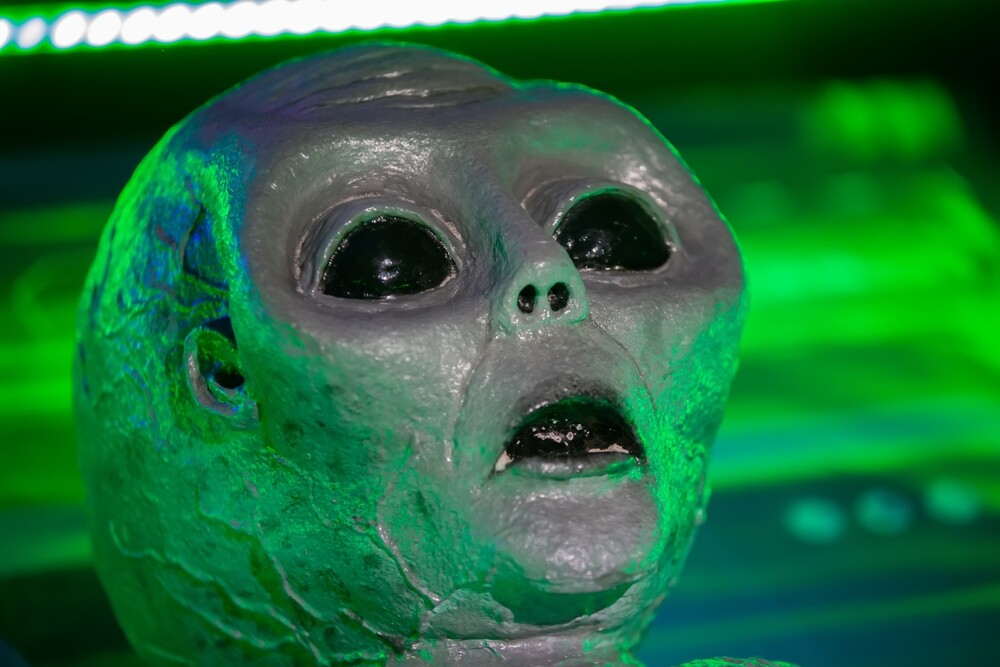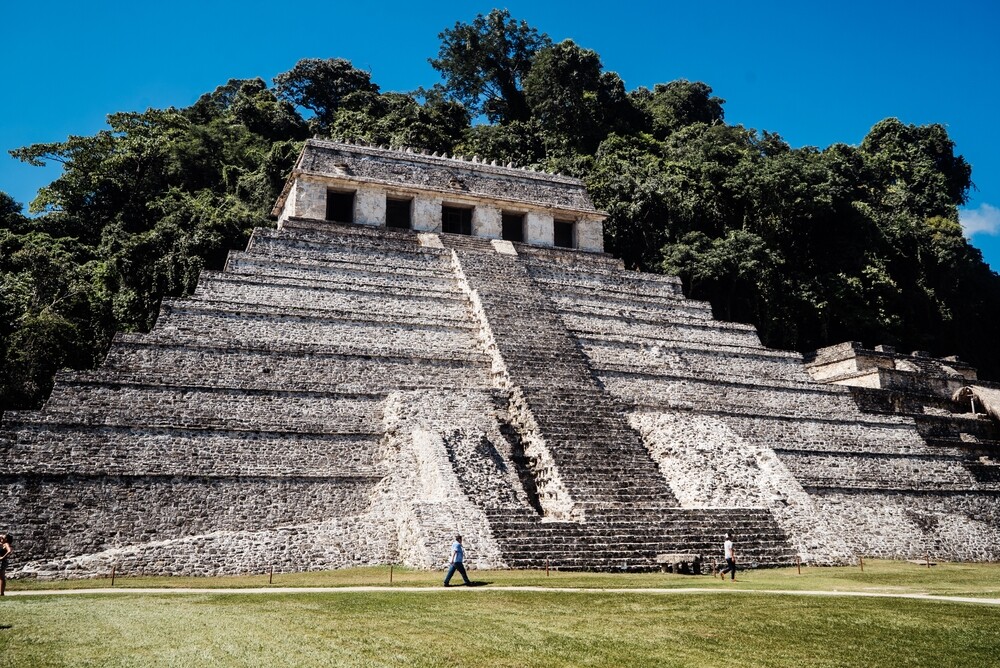Medical treatment is one thing that nobody’s probably building a time machine for. Unless you’re looking for a lobotomy or spinal cocaine injections, you’re better off staying in the present, along with knowledge of germ theory.
That doesn’t mean, though, that even centuries ago, there weren’t people who had made some pretty impressive discoveries on how to keep humans alive. Sure, I’d still rather have a surgeon that washes their hands after autopsies, but if I was in the care of one of these old civilizations’ healers, hope wouldn’t be completely lost.
The Maya
Maybe thanks to their love for incredibly violent sports like Pok-A-Tok, Maya doctors were adept at patching people up in surprisingly modern ways. They were known to make casts to help heal broken bones, and to suture large cuts with human hair to heal. They were also skilled dentists, including producing highly functional prosthetic teeth.
Another factor that helped them was their use of obsidian for surgery, which has an incredibly sharp edge, putting it closer to the modern scalpel than clumsy metal tools. They could even make the whole thing as pleasant as possible, with knowledge of painkiller and anesthetic plants.
The Greeks

They definitely didn’t have everything figured out, but the Greeks also practiced some surprisingly effective medicine. Similarly, they engaged in genuine, good-faith efforts to learn more about the body that wouldn’t be considered that strange today, such as animal dissection. Like the Maya, they sutured wounds and covered the area afterward to prevent infection.
Not to mention, they had a small level of post-op care, with patients being encouraged to follow specific diets including things like celery, a natural anti-inflammatory. They had bona-fide medical stars, too, like Praxagorus of Cos, who was the first person to separate the definition of veins and arteries.
The Egyptians

The ancient Egyptian’s skill with medicine wasn’t a secret, even then. People, especially important figures, would specifically seek out Egyptian doctors for treatment. It makes sense, given their skills with mummification. Sure, anyone getting mummified is well beyond medical intervention, but successful embalming of a human body requires serious knowledge of anatomy.
They were no slouches pharmaceutically, either. They produced drugs for the purpose of medicine starting in 1820 BCE, and in 1550 BCE, started listing specific dosages. These drugs went far beyond a placebo effect as well. Half of the sources they used for their primitive drugs are still used today, in synthesized form, in modern medication.
The Chinese

These days, references to “Eastern” or “Traditional Chinese” medicine usually carry a tinge of sarcasm. They’re connected to a lightly xenophobic image of ground-up bits and bobs from various, possibly endangered animals.
It wasn’t all acupuncture and ginseng, however. One process that they were particularly ahead of the curve on was healing broken bones. As far as 3,000 years ago, Chinese doctors were skilled in the setting of broken bones. They independently developed a system of wooden splints to immobilize and heal fractures, giving patients a much better chance of avoiding deformities and maintaining function in wounded extremities.
The Aliens That Actually Built All These Civilizations

Of course, this is all following the history you’ve been taught. We know that the real architects of the wonders of the world like the Great Pyramids and the Great Wall of China were aliens. While they were dropping rocks on top of each other for future tourists to visit, they probably had to patch up injured Earth workers.
I have it on good authority that penicillin was handed to Alexander Fleming by an alien named Goobab.

